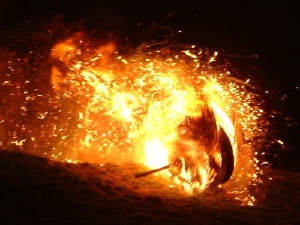Summer Solstice is also known as: Litha (Anglo Saxon) , Alban Hefin (Welsh) Midsummer (Northern Europe), St John’s Day (Christian).
Usually celebrated around 20th – 23rd June
What is Summer Solstice
Astronomically the Summer Solstice is the beginning of summer in the northern hemisphere, although in The Old Ways it celebrates ‘middle of summer’.
This is the longest day and the shortest night, it is the point at which the Sun has reached the furthest that it will travel to the North along the horizon – from this night it turns and begins its journey back toward the South. As a ‘turning point’ this is another time when the veil becomes thin and the Fae and Spirits are ‘abroad’ – an Ysbrydnos (a spirit night).
For cultures who follow a lunar calendar the day does not begin as it does for us following solar calendars – instead it begins with the setting of the Sun on the previous eve.
This festival is a time to celebrate the Sun at its highest point, nature in her fullest abundance and is a good time to cast your magic for a good crop to follow.
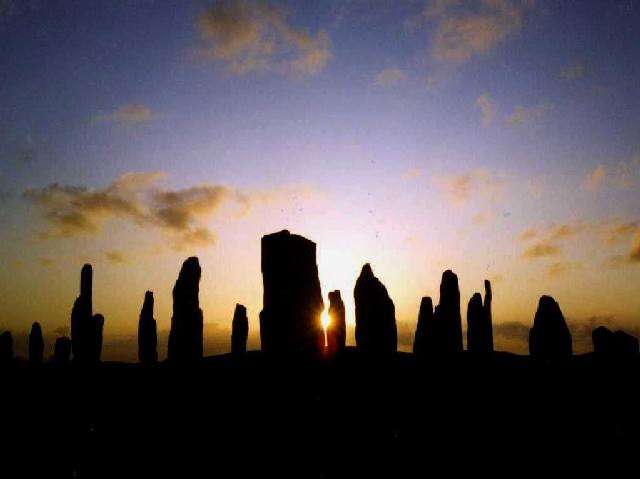
The Moon at Summer Solstice
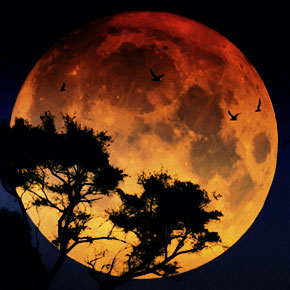
The name of the moon that occurs in June is ‘Mead Moon’ or ‘Honey Moon’. The first honey flow of the year begins in the early spring months, so by the time we reach the month of June this flow is in full force and there is (or was) an abundance of honey to be harvested.
Traditionally honey is used to create a drink called Mead which was drunk copiously at celebrations, especially festivities such as those surrounding marriages that traditionally took place around this time.
Mead was believed to increase fertility and virility so newly married couples were encouraged to drink it to increase the prospect of the arrival of children – hence our modern name for the holiday taken after marriage – the ‘honeymoon’.
Historical Context
The Summer Solstice has always been an important time for our Brythonic ancestors; in the Neolithic era they built many amazing megaliths aligned to the Sunrise on this date, perhaps the most famous one – Stonehenge (Wiltshire in the South of England) is still used today, with many modern Druid groups gathering to witness the rising of the Sun – the use of this site can be traced back through the Iron age and the Bronze age.
Another magnificent stone temple that marks the Summer Solstice is at the opposite end of the British Isles – Calanais on the Isle of Lewis, Outer Hebrides (picured above), is so far north that the sky does not actually get dark on this night – the shape of the circle forms a Celtic cross with each of the arms aligned to the solstices and the equinoxes – a true astronomical observatory.
Giants and dragons were also closely associated with midsummer festivities throughout the ages; in many places rituals still take place involving the carrying of effigies of giants or dragons through the streets – the hobby horse is also a predominant feature.
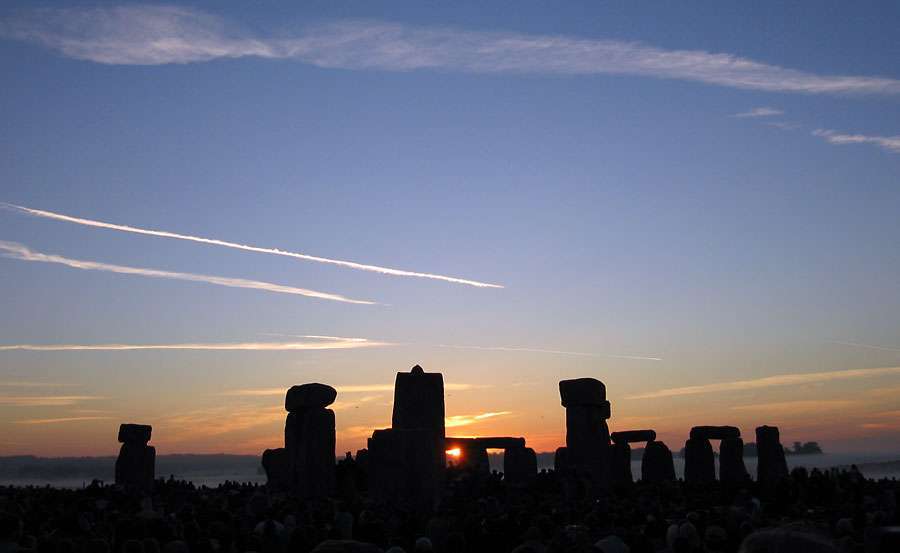
World-View
With the Sun at its highest point and maximum strength and nature at its fullest abundance everything is ‘fully-charged’ with the power of the Sun and also at its maximum strength. This is the time to gather your ‘magical’ herbs to dry and store for use throughout the winter.
Celebrations and festivities are focused around this energy and the fact that as a ‘turning point’ of the year the night before is an ‘Ysbrydnos’ and procedures must be in place to honour/protect from the spirits. People were especially at risk from tricks being played on them by the Fae (as born out in Shakespeare’s ‘A Midsummer Nights Dream’)
Fire; being symbolic of the power of the Sun and also a protective element, plays an important part at this time.The early Christian church’s fascination with recording Pagan ritual allows us an insight into our Ancestors thought processes. In the 13thC a monk of Winchcombe (Gloucestershire) recorded that ”the fires were to drive away dragons who were abroad at this season poisoning wells and springs – The wheel (a burning wheel) is rolled to signify that the sun then rises to the highest point of its circle and at once turns back”.
Folk-lore Customs and Traditions
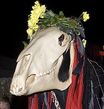
- Tansy’s Golowan – the Cornish name for Midsummer bonfire ceremonies, which prior to the late 19th century were widespread in Cornwall being most popular in the Penwith area and in particular in Penzance and Newlyn. The celebrations centred around the lighting of bonfires and associated rituals – societies across Cornwall on this date lit bonfires in a giant chain reaching from Kithill on the Devon Border, to Chapel Carn Brea near Land’s End. These ancient customs have been revived since 1991 with the Golowan festival in Penzance and its central event ‘Mazey Day’ where effigies of giant ships and other mystical creatures including the ‘Obby Oss’ are paraded through the streets. https://www.midsummerwatch.co.uk/history/
- Midsummer Watch – taking place in Chester this is a tradition that still continues, despite a couple of periods of interruption (namely two wars). The outstanding feature of the parade is that it is whole families of giants; father, mother and two daughters who are accompanied by fantastic giant Beasts including the Unicorn, the Elephant, the Camel and the Dragon. Originally the Dragon was beaten by six naked boys, but this practice was banned in the late 16th century. https://www.midsummerwatch.co.uk/history/
- Wreaths and head-dresses – Five plants have been commonly known in rural folklore to possess special magical powers at this time: Rue, Roses, St. John’s Wort, Vervain and Trefoil, being used in many different ways:- for protection and good luck in the forthcoming months they would be incorporated into the flower head-dresses or wreaths that could be brought into the house and hung above doorways, windows or chimneys – they would also be thrown into the bonfire for the same reason or to honour the Sun, which was symbolised by the fire itself. St. John’s Wort is still used today as a herbal treatment for depression.
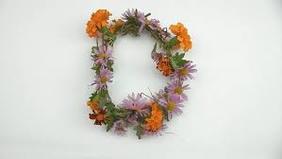
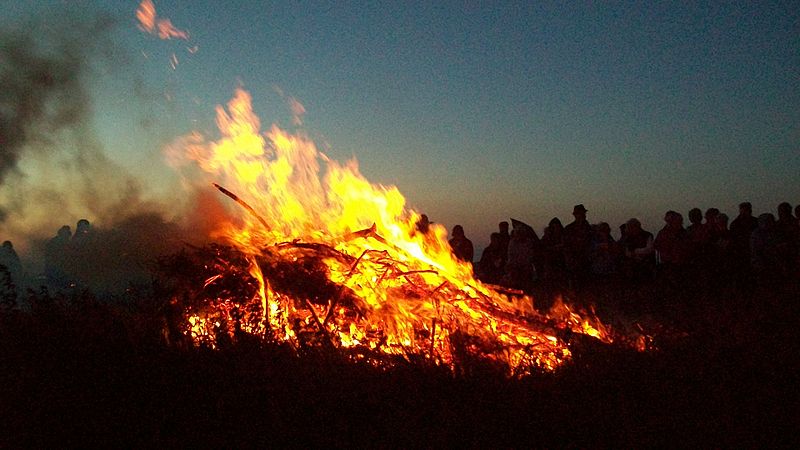
- Setting the Watch – in England it was traditional for rural villagers to build a large bonfire on Midsummers Eve as it was well known that the fire and smoke would purify and keep evil spirits at bay. Farmers also set a fire (or fires) on their land for the same purpose and others would form a ‘marching watch’ walking the boundaries of their area with lit torches and lanterns to protect and ward them.
- Rolling Wheels – the beginning of this tradition is lost in antiquity but there is evidence of it continuing right into the 20thC – a large cartwheel swathed in straw would be ignited and ‘guided’ with sticks as it rolled down-hill toward a stream; if it reached the stream then good-fortune would fall upon the community, if it didn’t ….. well?
